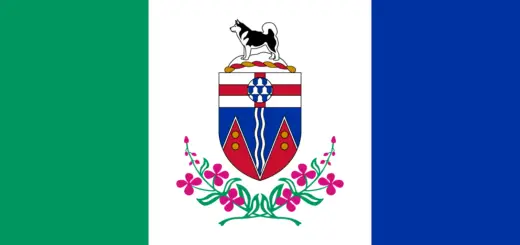The First Monday in August
The First Monday in August: Celebrating Canadian Heritage and Unity
The first Monday in August holds a special place in the hearts of Canadians across the country. This day, officially known as Civic Holiday in some provinces and territories, is a celebration of Canadian heritage, unity, and cultural diversity. This essay explores the origins, cultural significance, and various ways in which Canadians celebrate this unique holiday, emphasizing its importance in fostering a sense of national pride and community cohesion.
Historical Roots:
The roots of the first Monday in August as a statutory holiday can be traced back to the 19th century. Its origin lies in the labour union movement, which advocated for workers’ rights and better working conditions during the Industrial Revolution. In Canada, the holiday was initially known as “Labour Day” and was dedicated to honoring the contributions of workers to the country’s development.
Evolution into a National Celebration:
Over the years, the holiday evolved beyond its initial focus on labour rights. In 1971, the government of Canada officially moved the holiday to the first Monday of August, allowing for a uniform celebration across provinces and territories. Today, the holiday is not only a tribute to the labour movement but also a celebration of Canada’s rich cultural tapestry, embracing the nation’s indigenous heritage and immigrant communities.
Cultural Significance:
The first Monday in August serves as a symbol of unity in diversity, reflecting the multicultural fabric of Canada. It provides an opportunity for Canadians to celebrate their shared values of inclusivity, tolerance, and acceptance. Communities come together to participate in various cultural events, parades, and festivals, showcasing the country’s artistic and culinary diversity.
Celebrations Across Canada:
Each province and territory in Canada celebrates the first Monday in August in its unique way. In Ontario, for instance, the holiday is known as Simcoe Day, named after John Graves Simcoe, the first Lieutenant Governor of Upper Canada. In British Columbia, it is celebrated as British Columbia Day, highlighting the province’s rich history and natural beauty. Similarly, other provinces and territories have their own distinct themes and events, fostering a sense of regional pride while reinforcing national unity.
Community Engagement and Volunteerism:
The first Monday in August also serves as a reminder of the importance of community engagement and volunteerism. Many Canadians use this holiday as an opportunity to give back to their communities through various volunteer activities, such as organizing food drives, cleaning local parks, and supporting charitable organizations. This spirit of altruism strengthens social bonds and promotes a sense of collective responsibility.
Conclusion:
The first Monday in August stands as a testament to Canada’s vibrant cultural mosaic and shared heritage. Through its historical roots in the labour movement and its evolution into a national celebration, this holiday encapsulates the essence of Canadian identity – a harmonious blend of diverse cultures, languages, and traditions. As Canadians gather on this day, they not only commemorate their shared history but also look forward, united in their vision for a better, more inclusive future. The first Monday in August is more than just a statutory holiday; it is a celebration of the Canadian spirit, reflecting the nation’s commitment to unity, diversity, and progress.



